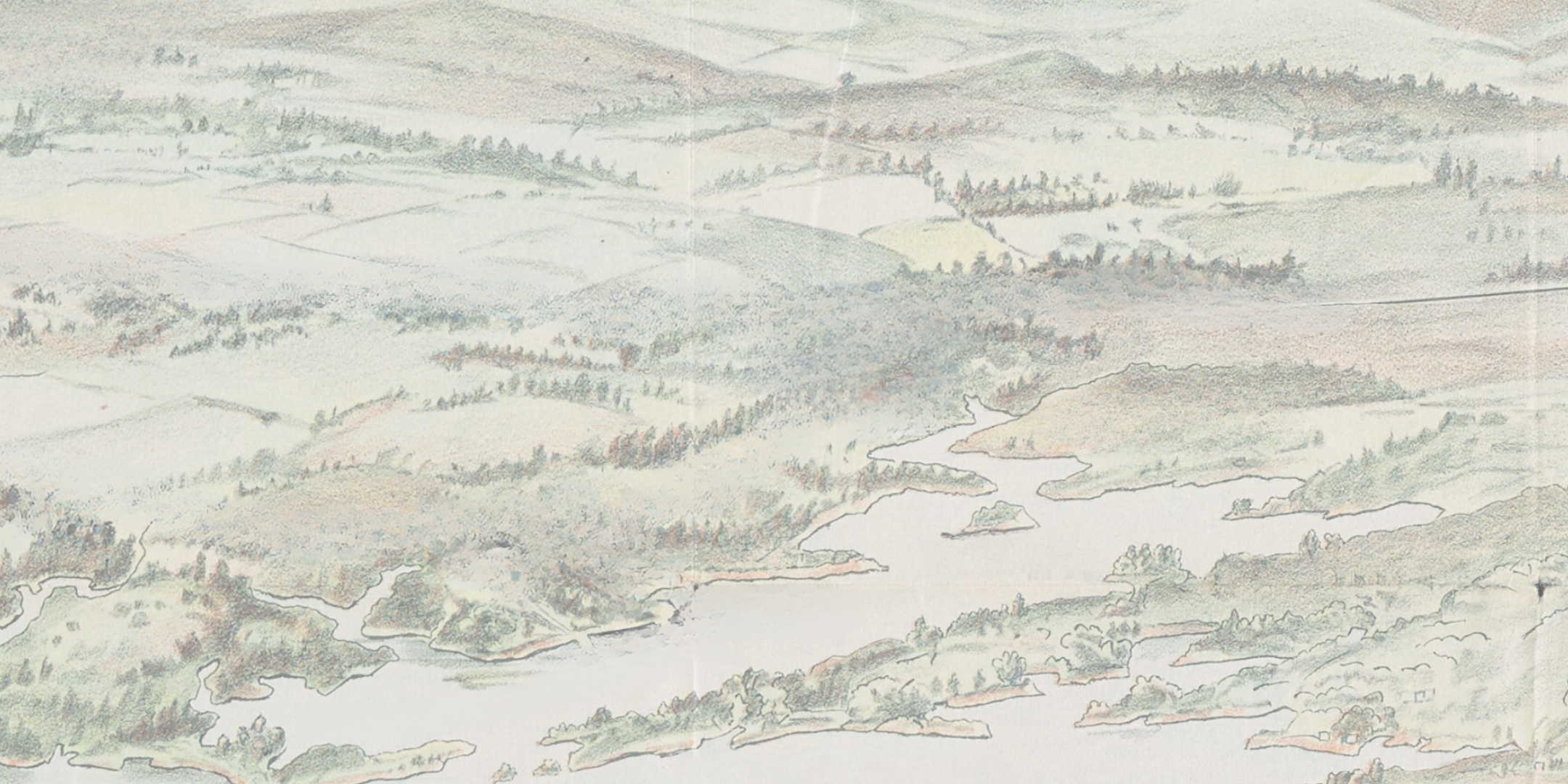Over the course of 2025, partners committed to surfacing the truths of colonization and oppression in the place known for millennia by the Wabanaki people as the Dawnland are engaging with local communities on a journey across land and water, and across time.
Over seven months in 2024, Atlantic Black Box and its many partners held seven day-long events in seven different communities. This 8-minute video by filmmaker Eli Kao provides an overview of the inaugural year of the Walk for Historical & Ecological Recovery (WHERE) journey.

Together, we shine a light on the ways that Indigenous, Black, & settler-descendent populations are represented—or not—in Maine’s commemorative landscape.

WHERE challenges widely accepted narratives and silences and contributes to ongoing processes of truth-seeking and transformation, catalyzing and galvanizing antiracist and decolonial historical recovery movements across the state.
Taking a holistic approach, WHERE involves participatory archival research, public history literacy-building, grassroots organizing, site-specific learning, storytelling, collective dialogue and care practices, artistic interventions, relationship building, and—of course—walking.
Partners
Convened by the public history nonprofit Atlantic Black Box, WHERE is carried out in partnership with The Third Place, Penobscot Nation, The Land We Live On, First Light, Passamaquoddy Tribe, Castine History Partners, Just History, and many other organizations and community groups.
Purpose
Walking in solidarity to forward ongoing processes of truthseeking and transformation, our aim is to catalyze and support creative and embodied approaches to antiracist and decolonial historical recovery efforts across the state and the region.
Participate
Please join us in this movement to reckon with all that has happened here and to engage in dialogue around ways that our past continues to shape our present-day relationships and our possible futures. Walk with us. Volunteer. Support our work. Help spread the word. WHERE STARTS HERE.


